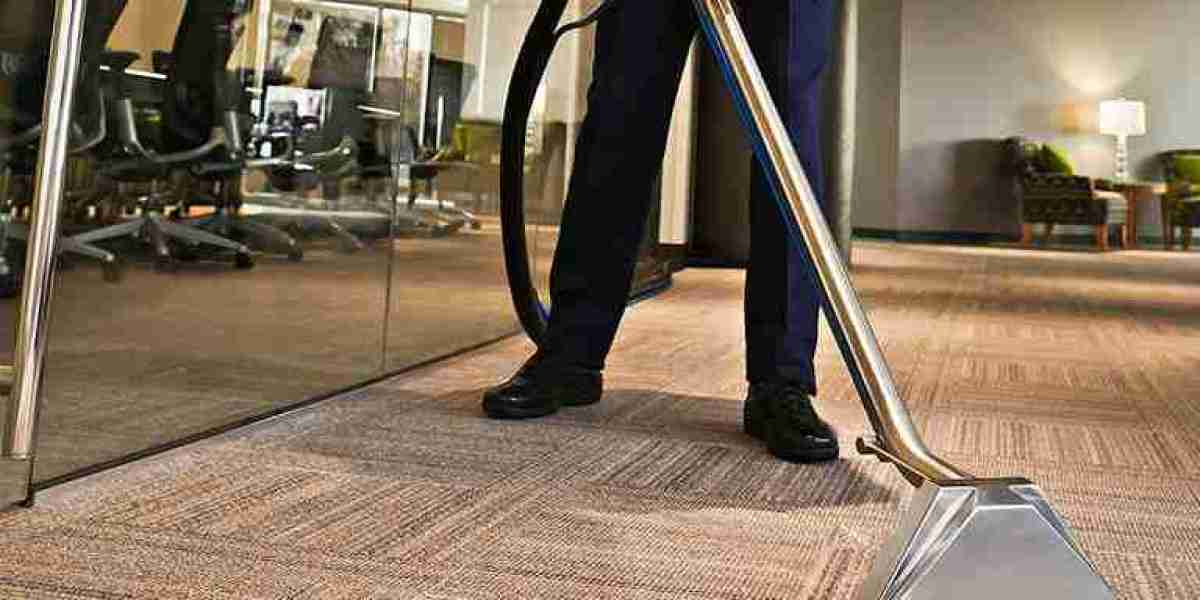Mortise Lock Replacement: A Comprehensive Guide
Locks serve as the first line of defense for protecting our homes, workplaces, and prized possessions. One of the most commonly used types of locks in residential and commercial settings is the mortise lock. However, wear and tear can lead to the necessity for mortise lock replacement, click through the following web page,. This post offers an informative introduction of the mortise lock replacement process, including a breakdown of requirements, steps, and tips to make the task simpler.
Understanding Mortise Locks
Mortise locks vary from standard round locks primarily in their style and installation technique. They are typically more robust and secure because they suit a pocket (or mortise) cut into the door. This type of lock integrates both the lock and the deadbolt system, permitting for higher security.

Parts of a Mortise Lock
- Lock Body: The primary mechanism that houses all internal parts.
- Faceplate: The metal strip that secures the lock to the edge of the door.
- Cylinder: The part where the secret is placed.
- Deadbolt: Provides an extra layer of security.
- Strikes: Plates that the bolt latches into when the door is closed.
Benefits of Mortise Locks
- Improved Security: More complex than standard locks.
- Sturdiness: Built to withstand wear and tear in time.
- Design Options: Available in numerous designs, sizes, and materials.
Reasons for Mortise Lock Replacement
Mortise locks, despite their resilience, might require replacement for a number of reasons:

- Wear and Tear: Frequent usage can cause mechanical failure.
- Lock Malfunctions: Issues such as a crucial getting stuck or the lock not turning.
- Upgrade Security: Increasing home security steps due to criminal activity patterns.
- Aesthetic Changes: Updating door hardware for design reasons.
When to Replace a Mortise Lock
Homeowners and organization managers should consider replacing their mortise locks if:
- The crucial becomes progressively challenging to turn.
- The lock or secret shows noticeable signs of damage.
- The lock stops working to engage correctly when closed.
- There are security issues about the lock's integrity.
Tools Required for Mortise Lock Replacement
Before starting the replacement procedure, guarantee that you have the following tools:
- Screwdrivers (flathead and Phillips)
- A drill with bits
- Tape measure
- Chisel
- Safety goggles
- New mortise lock
Mortise Lock Replacement Steps
Replacing a mortise lock may seem overwhelming, but breaking the process into manageable actions can simplify it.
Step 1: Gather Necessary Tools and Materials
Before case, ensure all required tools and the new mortise lock are all set.
Action 2: Remove the Old Lock
- Unscrew the Faceplate: Use a screwdriver to eliminate screws holding the faceplate in location.
- Extract the Lock Body: Slide the lock body out of the mortise cutout.
- Separate the Cylinder: Unscrew and remove the cylinder from the lock body if necessary.
Step 3: Measure the Mortise Pocket
Using a tape measure, ascertain the measurements of the mortise pocket to make sure that the new lock will fit properly.
Step 4: Insert the New Lock
- Position the New Lock: Align the new lock body within the mortise cutout.
- Attach Components: Screw the faceplate back into location and make sure the cylinder fits securely.
Step 5: Test the Lock
After installation, thoroughly evaluate the new lock by inserting the key and checking its performance. The secret ought to turn smoothly, and the locking mechanism ought to engage without issues.
Maintenance Tips for Mortise Locks
Investing in a mortise lock is only as great as the upkeep that follows. Here are some essential suggestions:
- Regularly lubricate the lock with a graphite-based lubricant.
- Look for mechanical issues often.
- Prevent utilizing extreme force when inserting keys.
Regularly Asked Questions (FAQs)
Q1: How do I understand if I require to replace my mortise lock?A1: If you discover difficulty turning the secret, noticeable damage, or malfunctioning locking mechanisms, it may be time to change your mortise lock. Q2: Can I replace a mortise lock myself?A2: Yes , with the proper tools and cautious measurement, changing a mortise lock can be a DIY task. Q3: Are all mortise locks the same size?A3: No, mortise locks come in different sizes and designs. It performance. Although the procedure might appear difficult initially, following a systematic method makes sure an effective installation. By understanding mortise locks, recognizing when to replace them, and getting the required tools, individuals can enhance the safety of their spaces while also ensuring the longevity of their new locks. With proper maintenance and care, a well-chosen mortise lock can provide years of trustworthy service, permitting comfort understanding that your premises are secure.
's vital to determine your existing lock or seek advice from the manufacturer. Q4: What sort of replacement lock must I choose?A4: Choose a lock that suits your security requires and matches or goes beyond the requirements of your previous lock
. Mortise lock replacement is an essential job for property owners and commercial property managers aiming to maintain security and








